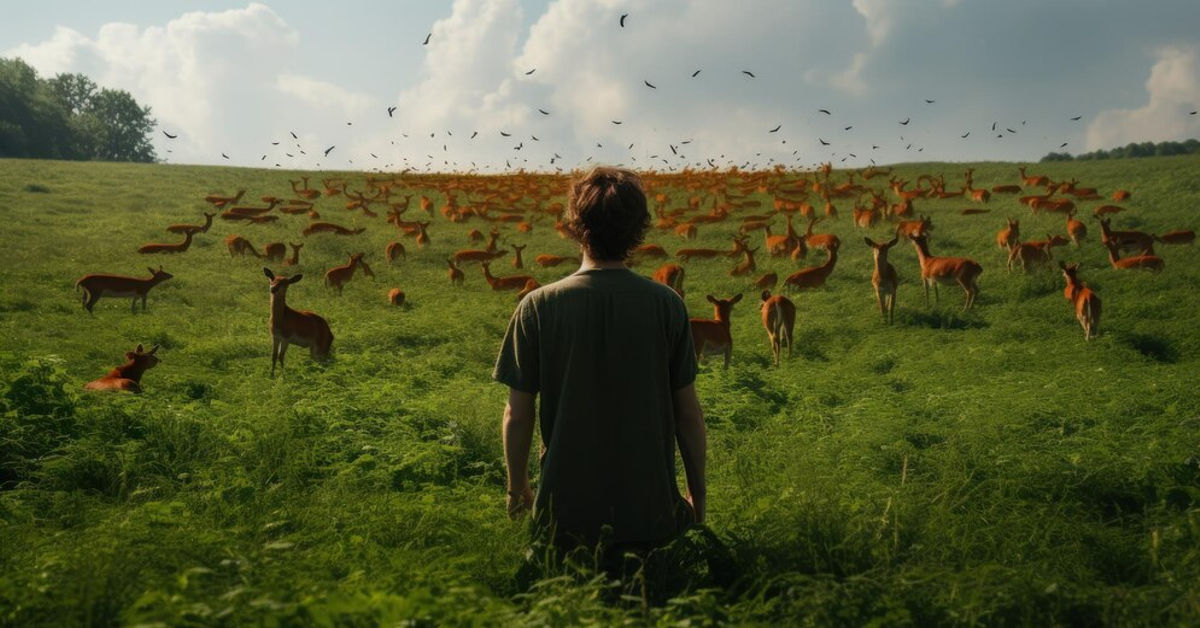Wildlife Works Panorama: A Comprehensive Look at Conservation in Action
In a world grappling with environmental challenges the need for sustainable and community-driven conservation efforts has never been greater. Wildlife Works Panorama offers a unique glimpse into the groundbreaking initiatives of Wildlife Works—a community-centered wildlife conservation company. By combining conservation with economic empowerment, Wildlife Works has emerged as a leader in protecting endangered species and reducing carbon emissions.
This article explores Wildlife Works Panorama, its mission, initiatives and impact on wildlife and local communities, while also addressing frequently asked questions about this transformative organization.
What is Wildlife Works?
Wildlife Works is a conservation organization that employs innovative, market-based solutions to protect threatened ecosystems and endangered species. Founded on the belief that wildlife conservation must benefit local communities to be effective, the company works closely with forest communities to create sustainable economic opportunities while safeguarding biodiversity.
Core Principles:
- Protect endangered species and their habitats.
- Empower local communities through sustainable jobs.
- Combat climate change by reducing carbon emissions.
Wildlife Works achieves these goals through the voluntary carbon market, offering carbon credits to businesses and individuals seeking to offset their environmental impact.
The Vision Behind Wildlife Works Panorama
Wildlife Works Panorama provides a broad overview of the organization’s conservation projects, offering insights into their methods, successes, and future plans. It showcases the interconnected nature of wildlife protection, community development, and climate action.
Key Focus Areas:
- Conservation Projects: Establishing safe habitats for endangered species.
- Community Engagement: Creating economic opportunities for local populations.
- Carbon Reduction: Mitigating global climate change through carbon credit programs.
How Wildlife Works Protects Wildlife
Habitat Conservation
Wildlife Works partners with forest communities to establish and manage conservation areas. These safe havens provide critical habitats for endangered species, ensuring their survival in the face of habitat destruction and poaching.
Anti-Poaching Efforts
Dedicated ranger teams are deployed to monitor conservation areas and prevent illegal activities such as logging and poaching. These efforts play a vital role in preserving biodiversity.
Supporting Endangered Species
From elephants to primates, Wildlife Works protects a wide range of species that are at risk due to habitat loss and human conflict.
The Role of Communities in Conservation
One of Wildlife Works’ defining features is its commitment to empowering local communities. The organization believes that conservation can only succeed if local populations see tangible benefits.
Job Creation
Wildlife Works provides sustainable jobs in areas such as eco-tourism, sustainable agriculture, and ranger services. These jobs offer an alternative to environmentally harmful activities like logging.
Education and Training
The organization invests in education and skills training, equipping community members with the tools they need to thrive in conservation-focused roles.
Revenue Sharing
A portion of the proceeds from carbon credit sales is reinvested into local communities, funding infrastructure, healthcare, and education projects.
Combatting Climate Change Through the Carbon Market
What Are Carbon Credits?
Carbon credits represent a reduction of one tonne of carbon dioxide emissions. Businesses and individuals can purchase these credits to offset their carbon footprint.
Wildlife Works’ Carbon Projects
Wildlife Works generates carbon credits by protecting forests, which act as carbon sinks. These credits are sold to organizations aiming to achieve carbon neutrality.
Global Impact
By reducing millions of tonnes of CO2 emissions annually, Wildlife Works contributes significantly to global climate goals while funding local conservation efforts.
Success Stories: Wildlife Works Panorama in Action
The Kasigau Corridor Project
Located in Kenya, this project protects over 500,000 acres of forest and provides critical habitat for elephants, lions, and other species. It has also created over 400 local jobs and reduced carbon emissions by millions of tonnes.
The Mai Ndombe REDD+ Project
In the Democratic Republic of Congo, Wildlife Works collaborates with local communities to preserve one of the world’s largest tropical rainforests. This initiative supports biodiversity, reduces emissions, and empowers indigenous communities.
The Challenges of Conservation
While Wildlife Works has achieved remarkable success, conservation is not without its challenges. These include:
- Funding Limitations: Maintaining large conservation areas requires substantial financial resources.
- Community Resistance: In some cases, communities may initially resist conservation efforts due to competing economic interests.
- Climate Uncertainty: The effects of climate change, such as increased wildfires and habitat loss, pose ongoing risks.
Despite these challenges, Wildlife Works continues to innovate and adapt, ensuring long-term success.
The Future of Wildlife Works Panorama
Expanding Projects
Wildlife Works aims to scale its impact by launching new conservation projects in other threatened regions, including Asia and South America.
Technological Integration
The organization is exploring the use of technology, such as drones and AI, to enhance monitoring and enforcement efforts in conservation areas.
Strengthening Partnerships
By collaborating with governments, NGOs, and corporations, Wildlife Works seeks to amplify its reach and effectiveness.
Why Wildlife Works Panorama Matters
Wildlife Works Panorama is more than a snapshot of conservation efforts—it’s a call to action. By highlighting the interconnectedness of wildlife protection, community development, and climate change mitigation, the Panorama inspires individuals and organizations to contribute to a sustainable future.
How You Can Support Wildlife Works
- Purchase Carbon Credits: Offset your carbon footprint by purchasing credits from Wildlife Works.
- Donate: Contributions help fund conservation projects and community programs.
- Spread Awareness: Share the mission of Wildlife Works with your network.
- Volunteer: Offer your skills to support their conservation efforts.
Conclusion:
Wildlife Works Panorama exemplifies the power of combining conservation with community engagement and climate action. Through innovative initiatives and unwavering commitment, Wildlife Works is not only protecting endangered species but also empowering communities and combating climate change.
Their work is a testament to the fact that sustainable solutions are possible when environmental and social goals align. By supporting Wildlife Works, we take a step toward a more balanced and harmonious relationship with our planet.
FAQs
- What is Wildlife Works Panorama?
It is an overview of Wildlife Works’ conservation projects, highlighting their impact on wildlife, communities, and climate. - How does Wildlife Works help local communities?
The organization creates jobs, invests in education, and reinvests revenue into community infrastructure. - What are carbon credits?
Carbon credits represent reductions in CO2 emissions that can be purchased to offset one’s carbon footprint. - How can I contribute to Wildlife Works?
You can purchase carbon credits, donate, volunteer, or spread awareness about their mission. - What species does Wildlife Works protect?
Wildlife Works protects a range of species, including elephants, lions, primates, and other endangered animals. - Where are Wildlife Works’ projects located?
The organization operates in several regions, including Africa, with plans to expand to Asia and South America.







